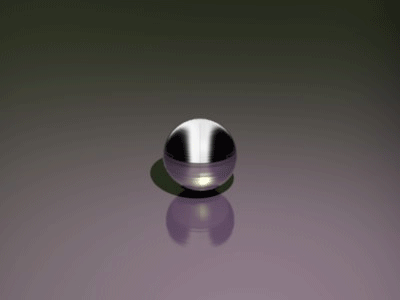|
Page 4 of 4
The Impact and Solidification of a Semi-Molten Particle:
Thermal spraying technology includes the coating of surfaces using different techniques to serve in several industries such as automotive industries, chemical and electronic industries, etc. In these techniques, molten particles are generated from raw material which is fed into a thermal spray torch, in the form of wire, rod or powder. For example in plasma spraying, a high-temperature plasma flame melts and accelerates particles, usually provided as powder, to form the coating on the substrate. The properties and microstructure of the coatings strongly depend on the phenomena happening during the particle flight time between the injection of the particles into the flame and their impact on the substrate. Depending on the size and properties of the powder particles and the plasma operating conditions, such as temperature and velocity, the particles may be completely molten, completely solid or semi-molten at the impact. The presence of semi-molten particles highly increases the porosity of the final coating; as a result, the existence of these particles in a coating process is undesirable. Consequently, a numerical model is proposed based on the method of High Viscosity to simulate the impact and solidification of semi-molten particles. In this model, the solid core is treated as a liquid with a high viscosity. Because of the solid core, a bump remains in the final solidified splat.

|